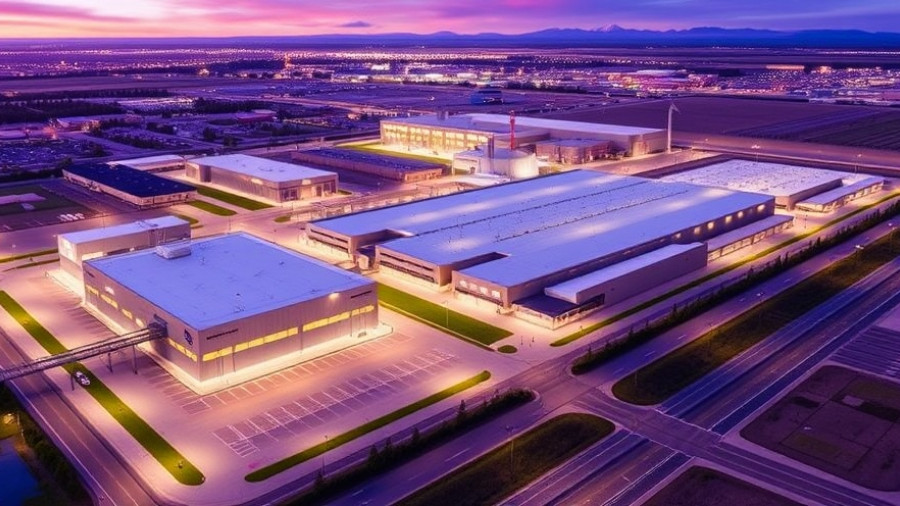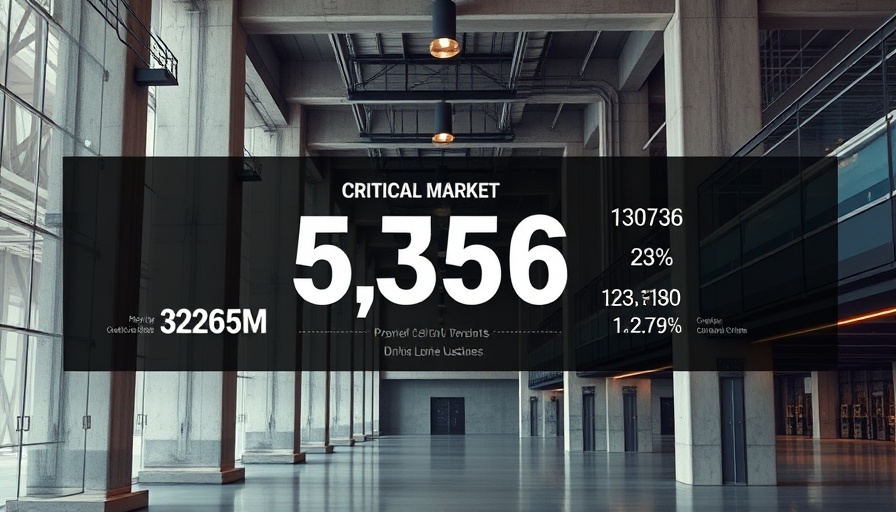
Missner Group's Strategic Expansion in East Chicago
The Missner Group has successfully signed a substantial lease for a 197,587-square-foot industrial facility located at 1200 W. 145th St. in East Chicago, Indiana. The tenant, Hearn Industrial Services, will utilize this space to enhance its logistics operations, supporting the production lines of Ford Motor Company near Chicago. This partnership is significant as it marks Hearn Industrial's first venture with The Missner Group, indicating the growing demand for logistical capabilities in industrial sectors.
Facility Features That Meet Industry Demands
The new facility is strategically located on a 15-acre lot and is designed to facilitate efficient operations. Key features include:
- 32-foot clear heights for optimal storage capacity.
- Ample docking positions and drive-in doors, enhancing accessibility for shipments.
- A total of 226 vehicle parking spots alongside 28 dedicated trailer parking spots, ensuring seamless logistics.
This development not only meets current demands but positions itself for future growth as logistics operations in the region expand.
Chicago’s Industrial Landscape: Opportunities and Challenges
Chicago’s industrial real estate market faces challenges, with a higher vacancy rate of 12.3% as of June, as reported by Yardi Matrix. This figure makes Chicago the highest among the top 25 U.S. markets. The overall national average reflects a similar trend at 9%. Factors contributing to this include a recalibration of the sector following a significant increase in new industrial deliveries, totaling over 2 billion square feet from 2020 to 2024.
The lease signed by The Missner Group illustrates a proactive approach in seizing opportunities despite these challenges. By investing in well-located properties and meeting tenant needs, they contribute to the ongoing development of Chicago's industrial landscape.
Looking Ahead: Future of Industrial Real Estate
As companies like Hearn Industrial Services expand their operations, the demand for efficient logistics spaces will likely increase. This month’s lease serves as a vital indicator of the market's potential for growth amidst present obstacles. Stakeholders in the real estate sector must adapt to evolving market conditions to fully capitalize on emerging trends.
The Missner Group's developments represent a forward-thinking approach that promises to elevate functionality for tenants while contributing to the overall economic vitality of the Chicago area.
 Add Row
Add Row  Add
Add 




Write A Comment